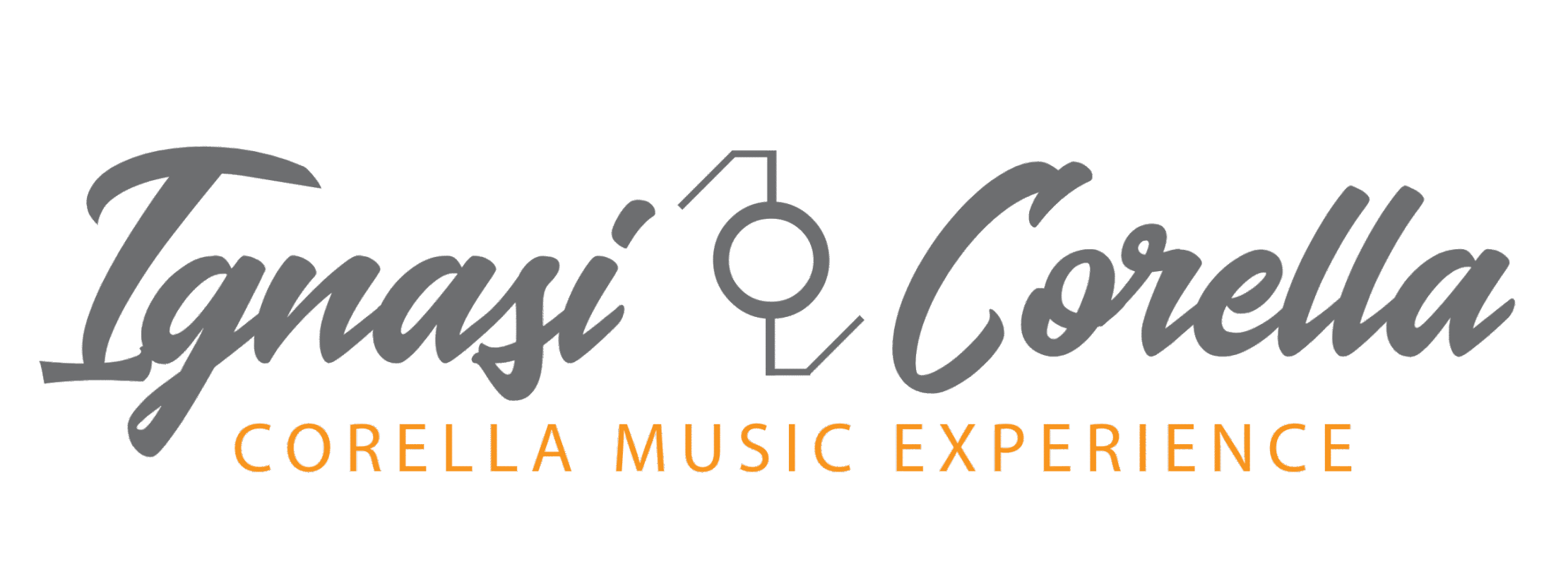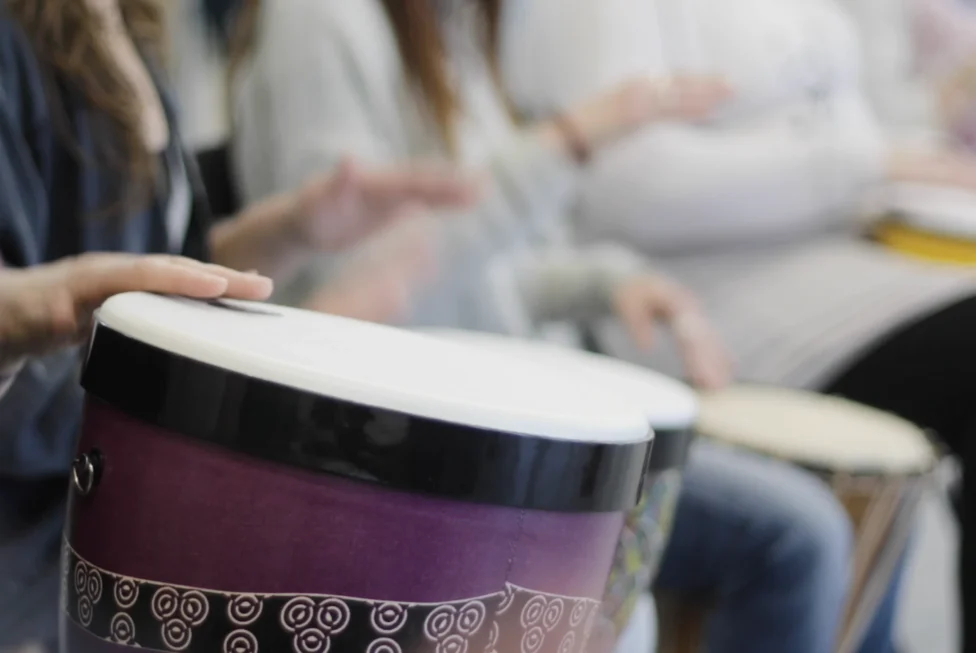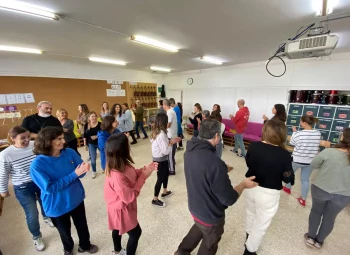We live in a fast-paced society, where the daily rhythm often overwhelms us. Stress has become a common companion in our routine, and finding tools to manage it has become essential. Among all existing strategies, music is one of the most powerful and natural. In this article, we will explore the relationship between music and stress, and how rhythm can be a therapeutic tool to improve our emotional well-being.
The relationship between music and stress
Music has a direct effect on our brains. Several scientific studies have shown that listening to certain melodies can lower heart rate, reduce blood pressure, and promote the production of hormones associated with relaxation, such as dopamine and serotonin.
According to Harvard Medical School, music acts as a form of “sound medicine” capable of reducing cortisol levels —the stress hormone— and improving overall mood. This natural connection between music and emotions makes it a particularly useful tool in stress management and emotional recovery processes.
The benefits of music for our well-being
The benefits of music go far beyond the emotional level. In educational, therapeutic, and professional contexts, music fosters concentration, group cohesion, and creativity. On a personal level, it helps us connect with ourselves and with others.
- Reduced anxiety: soft melodies or repetitive rhythms can calm the mind and promote mindfulness.
- Improved mood: listening to or playing music increases feelings of pleasure and well-being.
- Emotional expression: music offers an alternative language to channel emotions that are difficult to express with words.
- Social connection: participating in collective musical activities strengthens the sense of belonging and non-verbal communication.
How rhythm helps reduce stress
Rhythm plays a fundamental role in our lives: from the heartbeat to the breathing cycle, everything in us is marked by rhythm. When we use the body as an instrument, as happens in Body Percussion sessions, we enter a state of mindfulness where the mind focuses on movement and sound. This type of activity not only releases physical tension but also regulates the nervous system and improves coordination between body and mind.
Another interesting proposal is the Corella Music Experience, a collective experience where music and rhythm become tools to connect with the group, express emotions, and release accumulated stress. The shared rhythmic dynamic generates a sense of unity and deep relaxation.
Music as a mindfulness tool
Practicing music mindfully can be a form of mindfulness in motion. In activities such as Vital Rhythm, attention is directed to sound, breathing, and bodily presence. This allows us to disconnect from mental noise and reconnect with the present moment.
When the brain focuses on a rhythmic auditory stimulus, mental hyperactivity associated with stress decreases. This synergy between movement, breathing, and sound fosters a sense of calm and inner balance.
The benefits of group musical activities
Group practice has a very powerful emotional component. When we play, sing, or drum together, our brain releases oxytocin —known as “the trust hormone”— which strengthens social bonds and reduces the perception of stress.
Experiences such as Rhythms that Transform emphasize this aspect. Through shared rhythm, people connect, listen to one another, and express emotions that would otherwise remain repressed. This collective musical experience has a cathartic and liberating effect.
The role of movement and embodiment
Music is not only heard —it is experienced. Incorporating movement and body percussion, such as with Boomwhackers or Body Percussion, turns the musical experience into a physical and sensory activity. The body becomes an instrument, a channel of expression, and a means to release tension. This connection between movement and sound enhances body awareness and helps discharge energy accumulated from stress.
Integrating music into daily life
Reducing stress through music doesn’t require being a musician. It’s enough to listen consciously or participate in simple activities that encourage rhythm and body connection. Some practical tips include:
- Listening to relaxing music in the morning or before bedtime.
- Taking short musical breaks during the workday.
- Joining percussion workshops or group rhythm activities.
- Breathing to the rhythm of a soft song to regulate your pulse.
Conclusion: a natural tool to care for the mind
The relationship between music and stress is deep and universal. Music accompanies us, balances us, and reminds us that our body and mind respond better when they vibrate in harmony. Incorporating musical and rhythmic activities into our daily lives is a simple and powerful way to improve both emotional and physical health.







